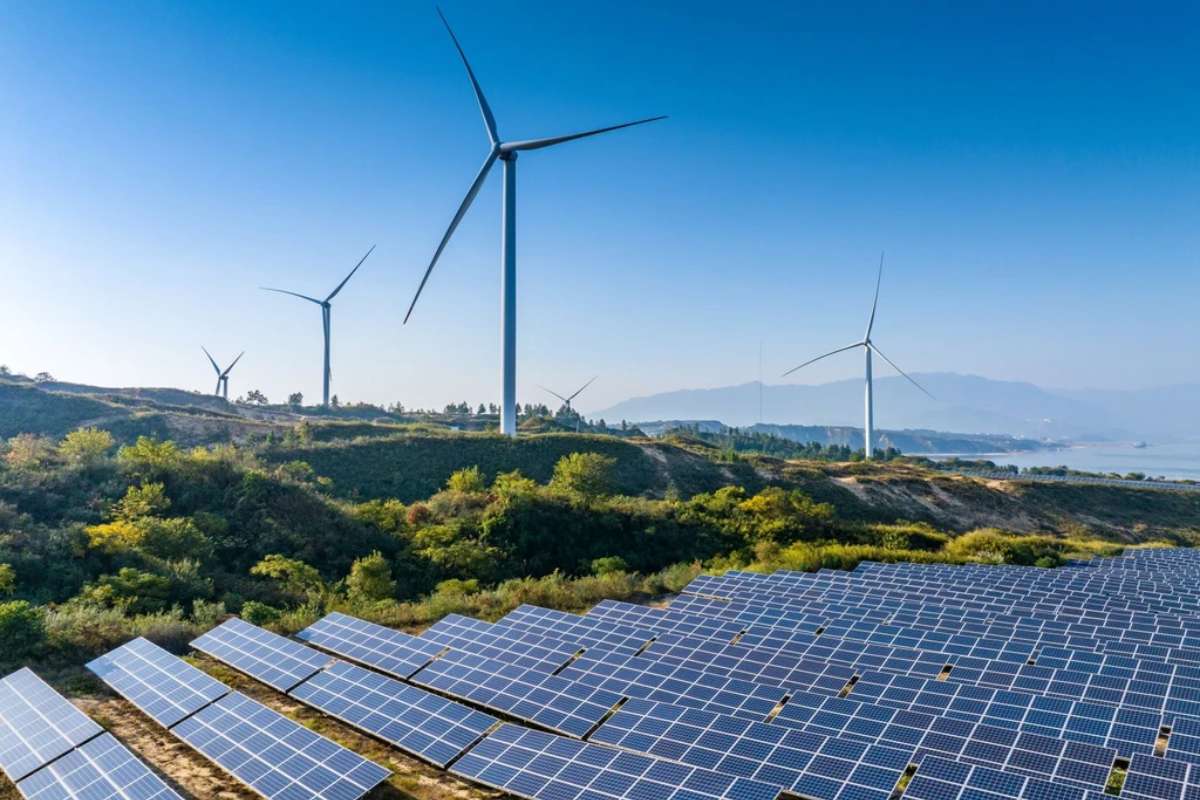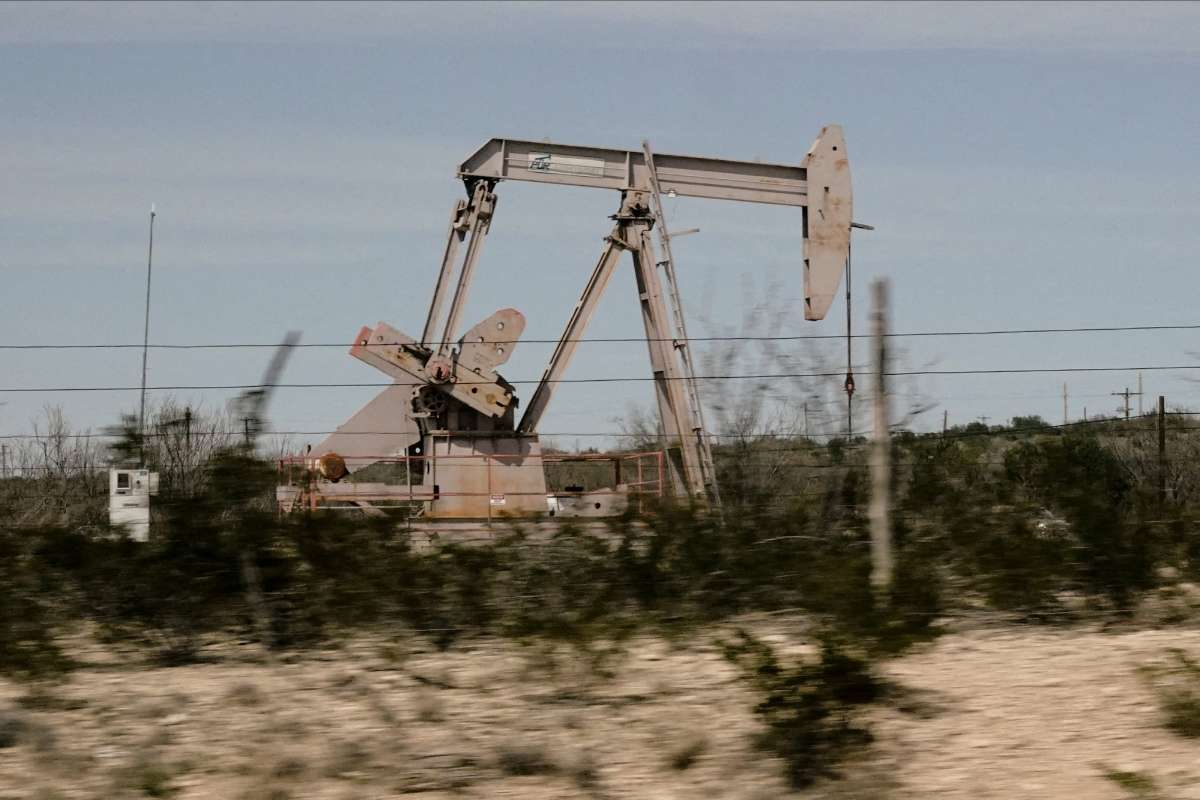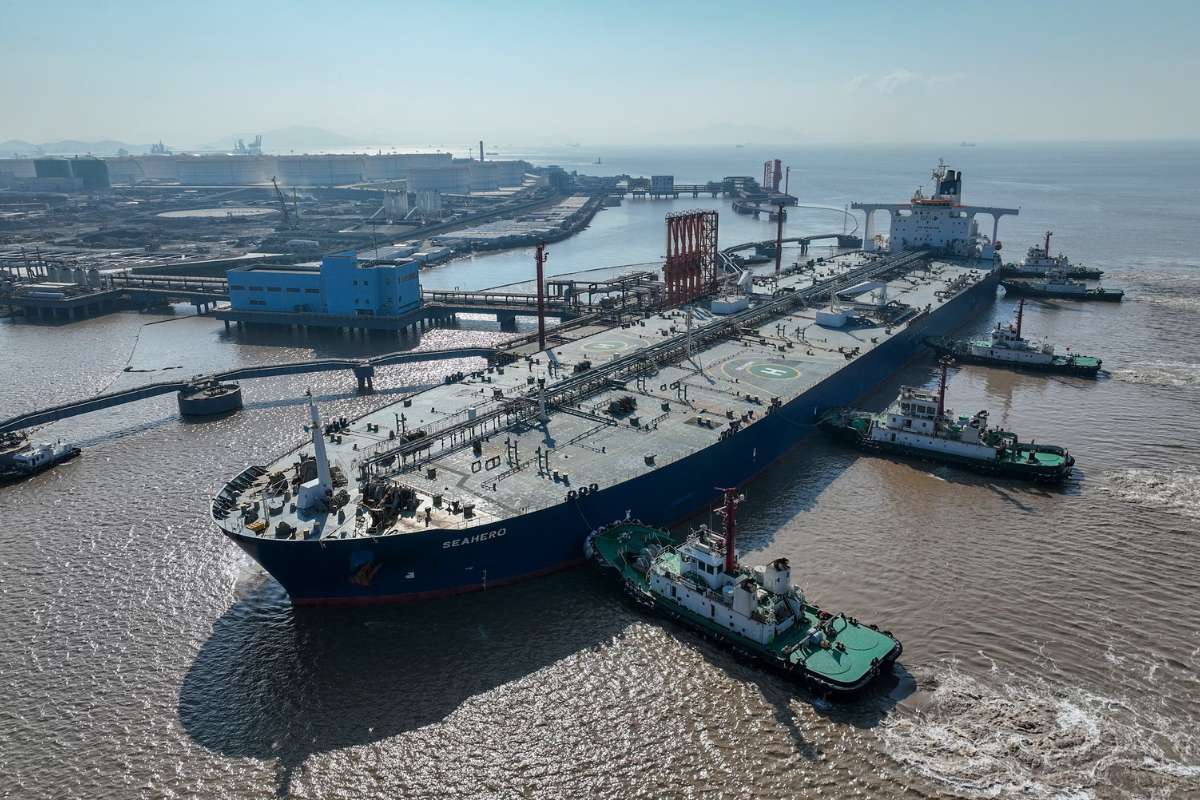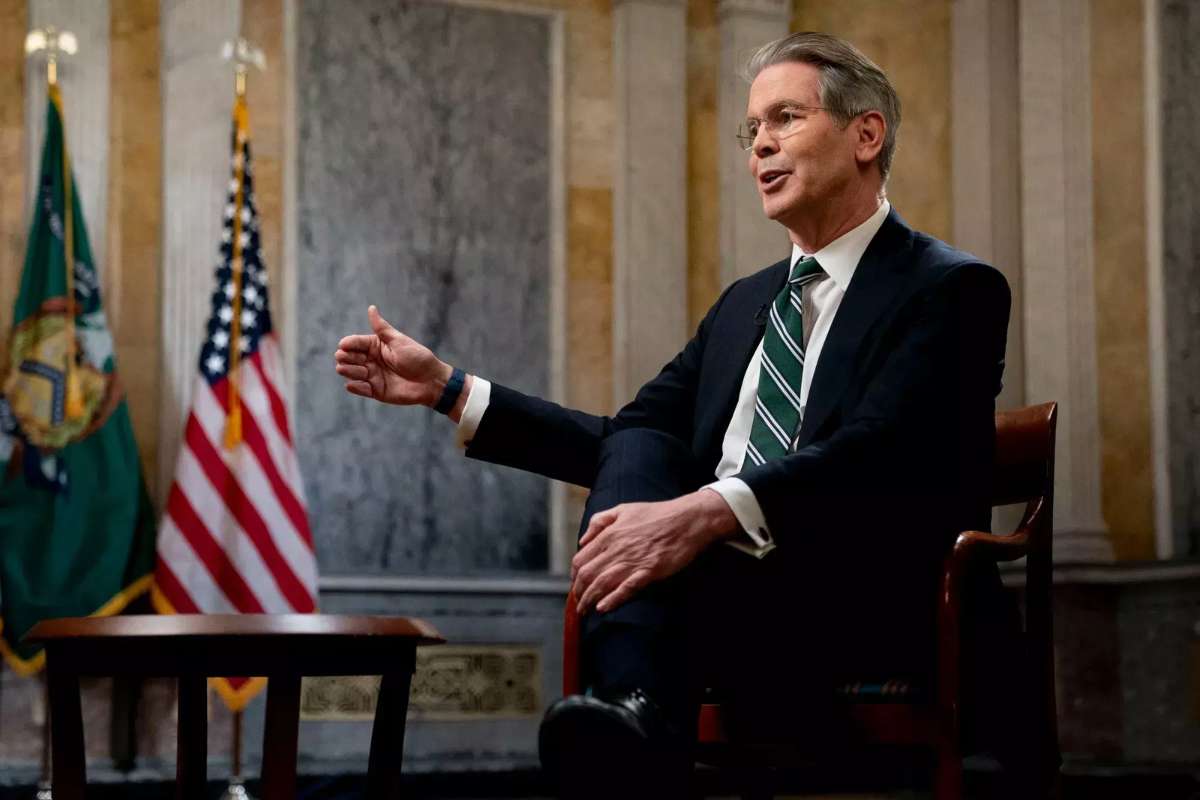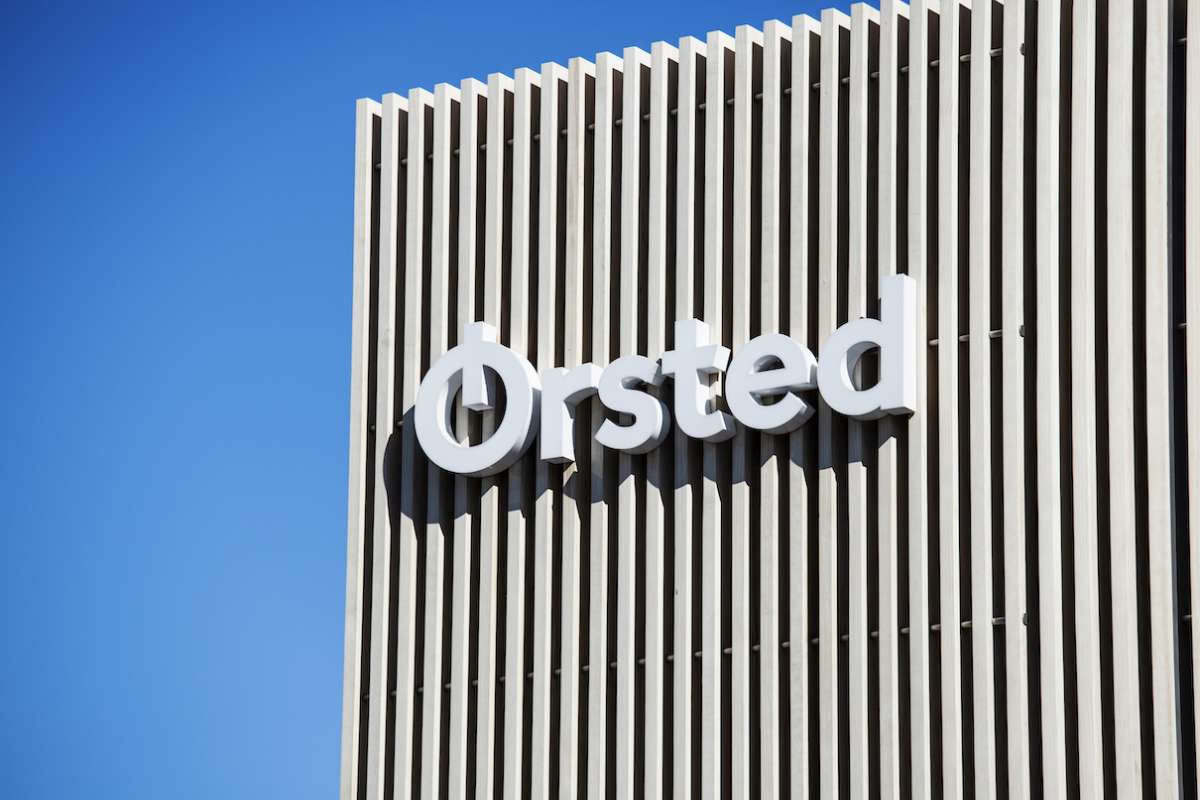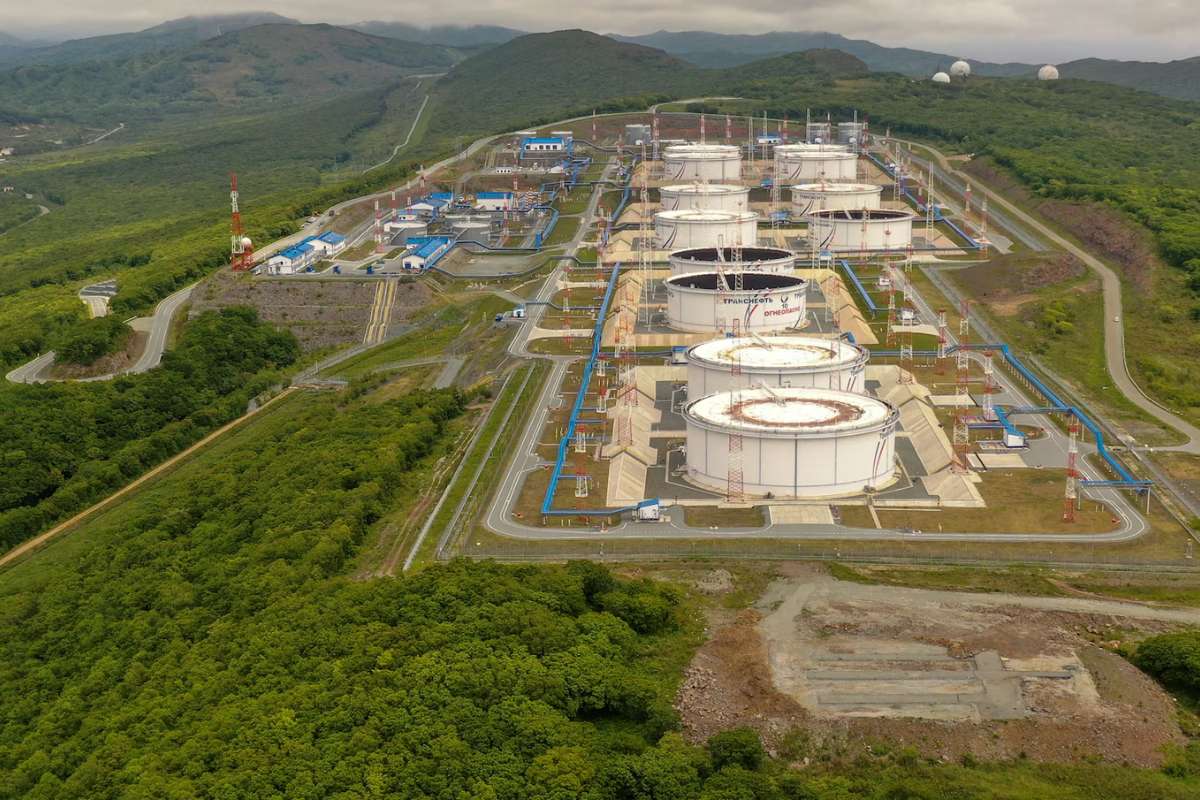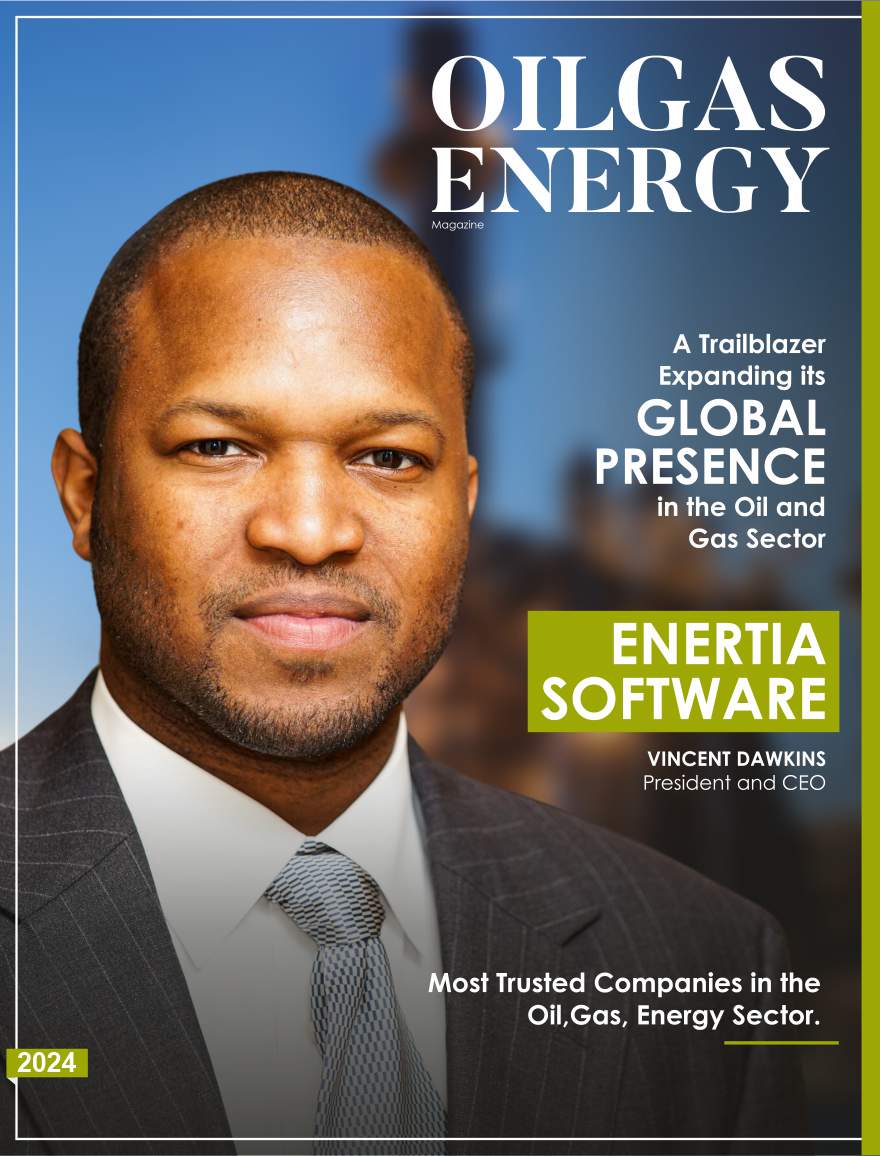Global investment in renewable energy reached a record $386 billion during the first half of 2025, marking a 10% increase from the previous year, according to the latest figures from BloombergNEF’s 2H 2025 Renewable Energy Investment Tracker. While overall spending surged, asset finance for utility-scale solar and onshore wind declined 13% compared to the first half of 2024, the lowest proportion of total investment since 2006.
Utility-scale solar projects experienced the sharpest reductions, with investment falling 19% year-on-year. Markets including mainland China, Spain, Greece, and Brazil were particularly affected, as rising curtailment and exposure to negative power prices made revenue less predictable. Conversely, markets with supportive government auctions or robust corporate energy demand maintained stronger investor activity.
Smaller, decentralized solar projects helped offset the decline in large-scale financing. These projects are faster to deploy and less sensitive to policy changes, allowing investors to secure returns ahead of regulatory shifts. In mainland China, for example, small-scale solar investment nearly doubled year-on-year, while utility-scale solar fell 28% as new regulations exposed projects to volatile electricity pricing.
Offshore wind also played a key role in driving global investment, attracting $39 billion during the first half of 2025, surpassing the $31 billion invested in 2024. Elevated project costs outside mainland China and the timing of government auctions contributed to the rise, highlighting the sector’s sensitivity to both policy and market conditions.
Regional Shifts Reflect Policy and Revenue Certainty
The United States experienced the largest regional decline in new renewable energy investment, with spending down 36% from the second half of 2024, or $20.5 billion. The drop reflects developers’ response to changing policy landscapes following the 2024 federal elections. Many projects initiated in late 2024 to secure tax credits were followed by reduced activity in early 2025 due to uncertainty around wind incentives and trade tariffs.
In contrast, the EU-27 region saw a significant rebound, with investment rising nearly $30 billion, a 63% increase from the second half of 2024. Offshore wind development in the North Sea and other European sites has attracted reallocated capital from US projects, reflecting investors’ preference for markets with stable revenue mechanisms.
Emerging renewable energy markets largely maintained the investment levels achieved in 2024, though Southeast Asia saw a 7% increase, and Latin American countries reached record shares of regional investment. Mainland China continued to dominate, accounting for 44% of global new investment in the first half of 2025, despite declines in its utility-scale solar sector.
Investors Rethink Capital Allocation Amid Volatile Conditions
Analysts point to shifting capital flows as investors reassess the balance between risk and return. Utility-scale solar and onshore wind projects face challenges from volatile power prices, regulatory changes, and high upfront costs, while small-scale solar and offshore wind offer more predictable returns.
“Renewable energy investors and developers are rethinking capital allocation and putting their money where project returns are strongest,” said Meredith Annex, Head of Clean Power at BloombergNEF. “The decline in financing for large-scale solar and onshore wind is affecting project pipelines and may continue to do so in the near term.”
The first half of 2025 underscores a broader trend: renewable energy investment is growing globally but is increasingly influenced by policy stability and revenue certainty. Markets offering predictable returns, like Europe and parts of Asia, are attracting capital, while regions facing regulatory or political uncertainty, such as the US, see investment volatility.
Visit Oil Gas Energy Magazine for the most recent information.
